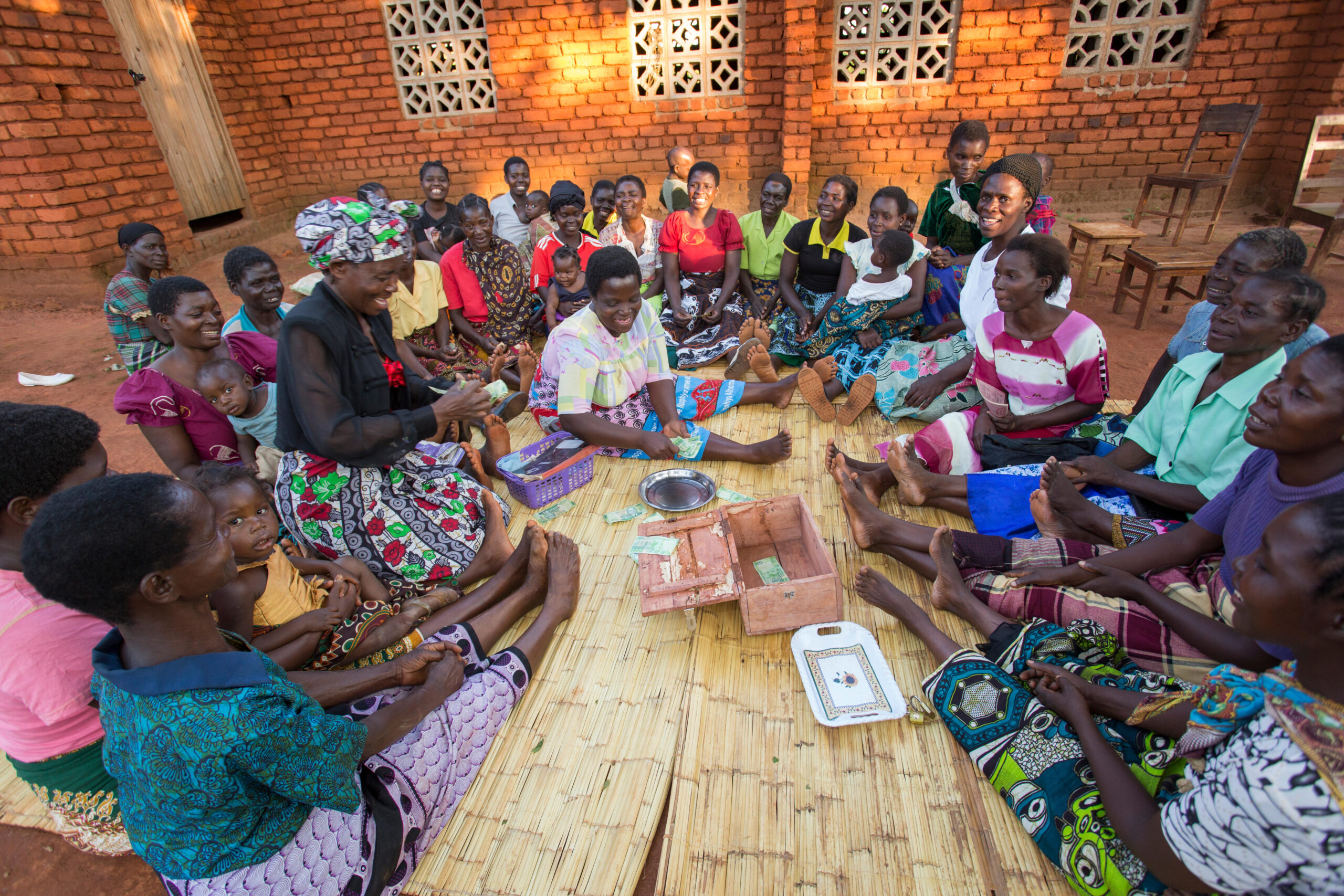What does philanthropy look like in Southern Africa?

Southern Africa – a region with philanthropy at its heart. Encompassing Angola, Botswana, Lesotho, Malawi, Mozambique, Namibia, South Africa, Eswatini, Zambia, and Zimbabwe, each country is different but they all share a common philosophy – Ubuntu. Translating as ‘I am because we are’, it puts community front and centre, meaning that giving is very much part of the culture.
So what does philanthropy look like in the region? Nyasha Njela, Director, Southern Africa at Revolutionise International, explains.
“It wasn’t until I delved deep into the world of fundraising that the significance of Ubuntu in shaping philanthropy within Southern African communities truly dawned on me,” she says. “It’s about more than just the individual contributing; it’s about the collective and embracing our shared humanity.
“As a child I witnessed how the passing of a member of our community would mobilise my grandmother to offer her time and money to ensure that the departed was buried with dignity and that the mourning family was not burdened with cost. Now reflecting on these memories, I see the true beauty was not the act of a single person, but the unity of an entire community providing solace. Having the privilege to grow up with such experiences profoundly shaped my professional path in fundraising, constantly reminding me of the pivotal role that community giving has in our society.”
Community giving – a response to inequality
Despite high levels of poverty and inequality, South Africans find innovative ways to support one another. Stokvels (informal savings groups) are an example of this, allowing people to pool resources for bulk grocery purchases or significant expenses. In the same vein, religious donations and diaspora remittances play a significant role in community support. African diaspora communities keep strong ties to their countries of origin through supporting communities of origin.
However, the informal nature of such giving poses challenges in measurement and recognition. These acts of kindness often go unnoticed by formal monitoring systems, yet they play a crucial role for everyday life in Southern African communities.
Fundraising in South Africa
Take South Africa for example: South Africa is at the forefront of fundraising in Southern Africa, where there exists a sophisticated philanthropic culture. This maturity is shown by organisations established over two decades ago, which have large donor databases as a result that have enabled them to initiate and benefit from legacy fundraising, something that remains uncommon elsewhere in the region.
Nyasha says: “You have to build wealth before you can leave a legacy, and given the history of southern Africa or South Africa there aren’t many people that have done that, so this form of giving sits within the middle class and upper 1%. More generally, there is not yet much knowledge about legacies.”
The country also has an advanced banking system, which fosters an environment that is conducive to effective fundraising, offering many mechanisms to collect income for non-profits and NGOs. This infrastructure supports a wide range of philanthropic organisations, from small community-based charities to large international NGOs like Medecins Sans Frontieres, UNICEF and UNHC, enabling them to leverage financial resources, technology, and training to maximise their fundraising efforts. As a result, they are generally the ones doing more face-to-face (F2F) and digital, and attracting younger, more diverse audiences.
“F2F fundraising was introduced by international NGOs in South Africa,” Nyasha continues. “When local NGOs wanted to step into that space, the costs were prohibitive and limited their ability to adopt that channel of fundraising. Despite this we have seen a rise in digital platforms and crowdfunding success varies from one non-profit to the next.”
While global influences have been significant, most formal philanthropy in South Africa remains internally focused. Nyasha observes: “Children’s causes generally do well. However, community-based organisations often struggle to secure funding without adequate resources or networks. Often, they are dependent on a single funding source, which leaves them facing sustainability challenges if this dries up.”
This highlights the diverse landscape of South African philanthropy, reflecting both its strengths and the challenges that need to be navigated by fundraisers.
The future of giving – a region where philanthropy runs strong
While South Africa might be the most mature in terms of fundraising in the region, it’s evident that Southern Africa as a whole is a region where philanthropy runs strong, powered by a deep and prevailing sense of community and the desire for everyone to thrive. The growing influence of Western individualism poses a threat to the Ubuntu spirit, and as communities become more nuclear, there’s a fear that the collective ethos may weaken.
But despite this, the fundamental desire for mutual progress remails resilient. In Southern Africa, philanthropy, driven by Ubuntu, continues to be a testament to the strength of community bonds, ensuring that as a society moves forward, it does so together.
3 takeaways for fundraisers
- Embrace community-centric giving: Fundraisers should focus on community-driven initiatives, reflecting the Ubuntu philosophy of collective support and shared humanity. This approach emphasises the importance of community involvement and collective action in giving.
- Innovate within local contexts: Successful fundraising in Southern Africa often requires adapting to local practices, like informal savings groups and diaspora remittances. Integrating these cultural practices with modern fundraising techniques, such as digital platforms, can enhance fundraising effectiveness.
- Navigate formal philanthropy challenges: Recognise the diverse philanthropic landscape, balancing between informal community giving and formal NGO efforts. This included diversifying funding sources, understanding the limitations of certain fundraising channels, and ensuring inclusivity and accessibility in fundraising.


